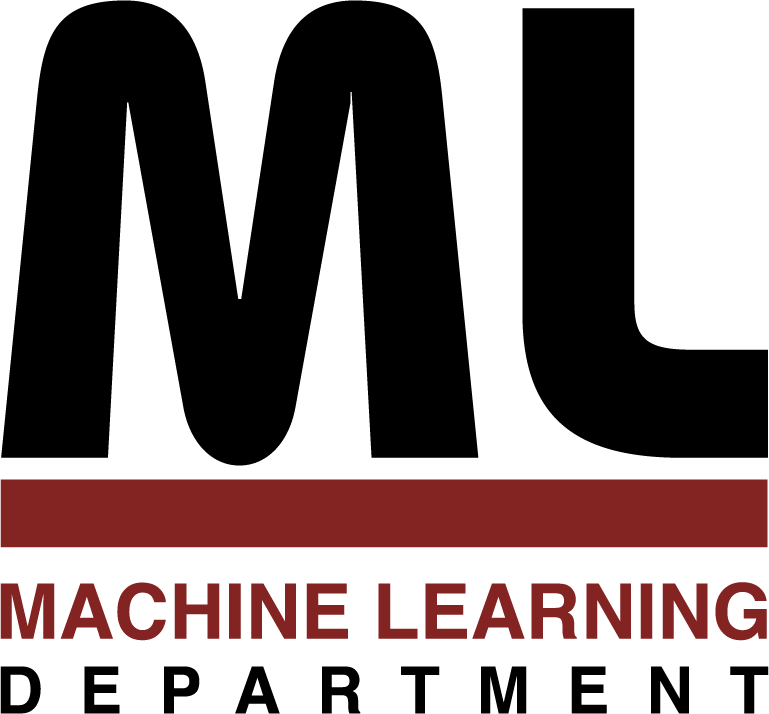
Machine Learning Department
School of Computer Science, Carnegie Mellon University
Statistical Approach for Functionally Validating Transcription Factor
Bindings Using Population SNP and Gene Expression Data
Jing Xiang
August 2017
Ph.D. Thesis
In this thesis, we first introduce a statistical approach, based on conditional Gaussian Bayesian networks, that integrates population SNP and gene expression data with TF binding data to validate the TF binding map. We developed an efficient learning algorithm for learning the gene regulatory network by using TF binding data as prior knowledge, and selecting the TF-target interactions that are validated based on population SNP and gene-expression data. Given the estimated network, we perform inference on the estimated probabilistic graphical models to determine downstream genes that are differentially expressed due to the effect of the TF-target interactions.
We apply our method to learn transcriptional regulatory networks in lymphoblastoid cell lines (LCLs) and breast cancer tumours. First, we demonstrate our approach for validation of the TF binding map derived from ENCODE DNase I and ChIPseq data from 71 TFs in LCLs, with SNP and gene expression data from the 1000 genomes and HapMap 3 projects respectively. We examined functional target genes that were validated under perturbation of TF concentration and TF binding affinity. Finally, we apply our method to perform TF binding map validation for ER and its coregulators which include 38 TFs obtained from Cistrome TF binding data, by using The Cancer Genome Atlas SNP and expression data from breast cancer tumors. We identified many previously known interactions between ER and its coregulators. We also found expression quantitative trait loci (eQTLs) in local binding regions of target genes that are potential super enhancers and eQTLs in coding regions that may affect the protein structure of important regulators.
120 pages
Manuela M. Veloso, Head, Machine Learning Department
Seyong Kim (Chair)
Geoffrey Gordon
Carl Kingsford
Steffi Oesterreich (University of Pittsburgh/UPMC)
Andrew W. Moore, Dean, School of Computer Science
School of Computer Science